The Level transmitters Animation shows different types of sensors working principles visually which includes Guided wave Radar Level transmitter, Ultrasonic Level transmitter, 2 Wire / 4 Wire Pulse type Radar Level transmitter, FMCW type Radar Level transmitter, and Capacitance type Level transmitter.
Level Transmitter Animation
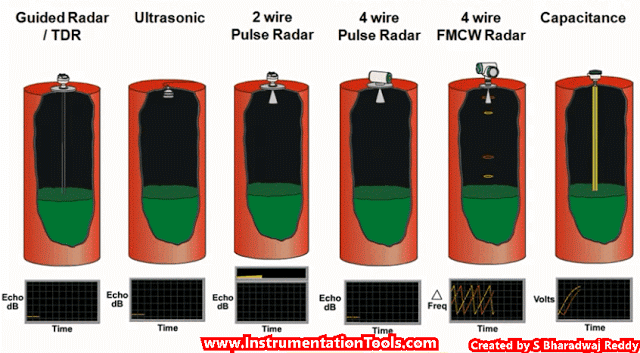
The comparison of different types of level transmitters is shown below.
| Feature | Guided Wave Radar | Ultrasonic | 2-Wire/4-Wire Pulse Radar | FMCW Radar | Capacitance Level |
| Operating Principle | Uses guided microwave pulses through a probe. | Measures time-of-flight of sound waves. | Emits radar pulses and measures return time. | Frequency Modulated Continuous Wave (FMCW) radar emits frequency-modulated signals. | Measures change in capacitance between sensor and liquid. |
| Medium Compatibility | Suitable for liquids, solids, and slurries. | Ideal for liquids and some solids. | Suitable for liquids, solids, and powders. | Best for liquids, gases, and solids. | Works with liquids and non-conductive materials. |
| Accuracy | High accuracy, unaffected by temperature and pressure. | Moderate accuracy, affected by foam and vapor. | High accuracy, better in harsh environments. | Very high accuracy, even in challenging environments. | High accuracy in liquids, affected by material properties. |
| Measurement Range | Up to 30 meters. | Up to 15 meters. | Typically up to 30 meters. | Typically up to 80 meters. | Short range, usually up to a few meters. |
| Environmental Sensitivity | Not affected by temperature, pressure, or vapor. | Affected by temperature, pressure, and dust. | Unaffected by temperature and pressure. | Unaffected by harsh conditions. | Can be affected by buildup on the sensor or changes in material properties. |
| Power Requirements | Low power consumption. | Low power consumption. | Moderate power consumption (depends on 2/4 wire setup). | Higher power consumption than pulse radar. | Low power consumption. |
| Installation Complexity | Requires proper installation with probe. | Easy to install, no physical contact. | Medium installation complexity depending on wiring. | More complex installation due to technology. | Simple installation, requires a proper dielectric constant. |
| Cost | Moderate to high. | Low to moderate. | Moderate. | High due to advanced technology. | Low cost, economical solution. |
| Applications | Best for liquids, solids, slurries in tanks, silos. | Simple liquid applications (water, fuel). | Ideal for large storage tanks and process vessels. | Best for extreme conditions, long-range applications. | Used in water, chemicals, and food industries for liquid level measurement. |
Also See:
1. Non-Contact Radar Level Transmitter Animation
2. Probe Type Radar Level Transmitter Animation
3. Ultrasonic Level Transmitter Animation
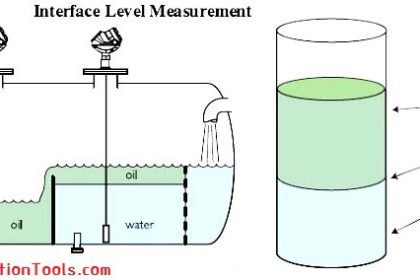

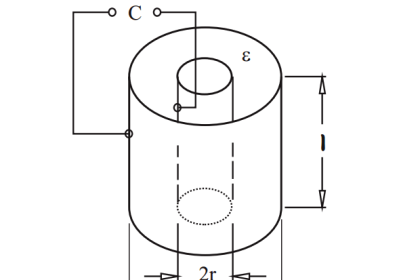
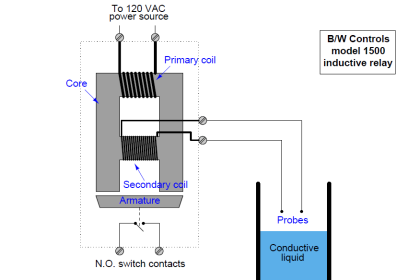
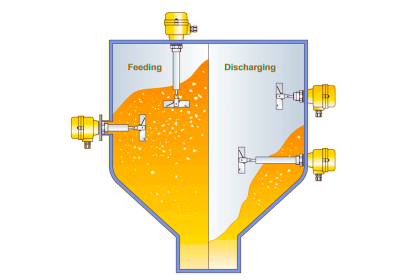
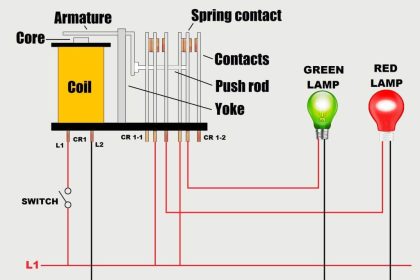

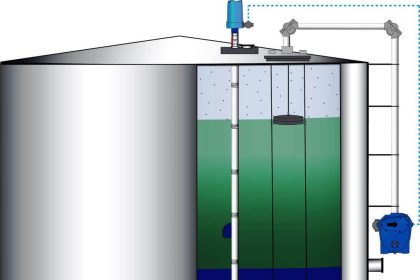
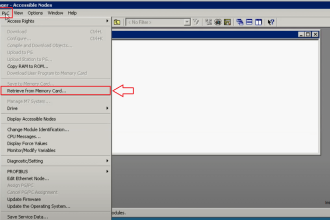

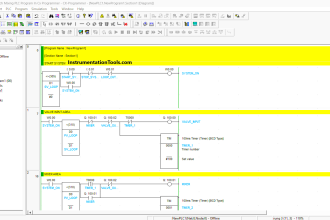
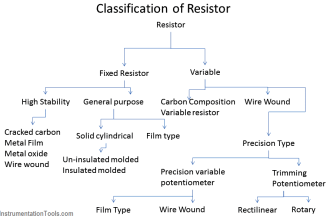
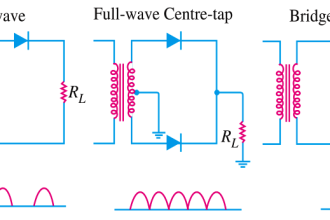
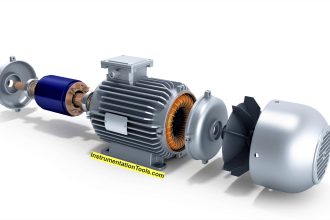
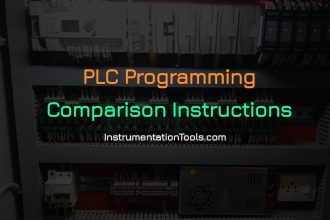


Hey, Level transmitters animation rocks. Please post for all types of transmitters.
Animation really awesome dude. I liked the idea of having different level transmitters at one place. Publish more n more.
wonderful animated illustration.